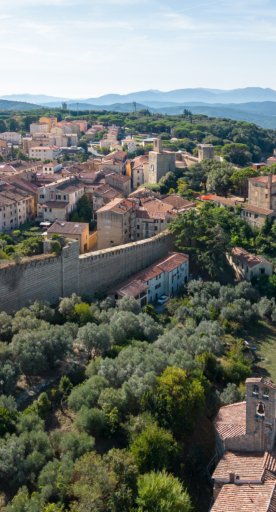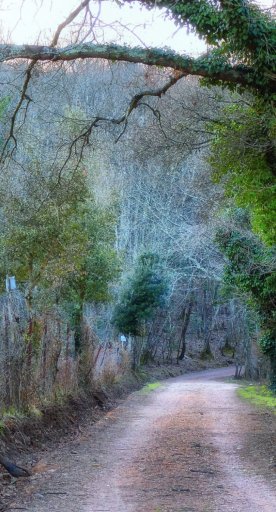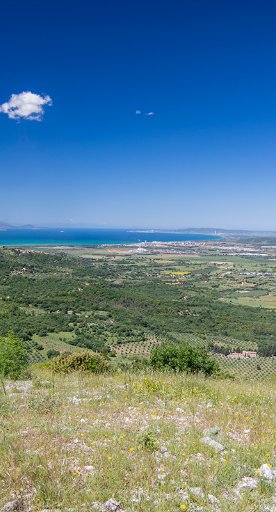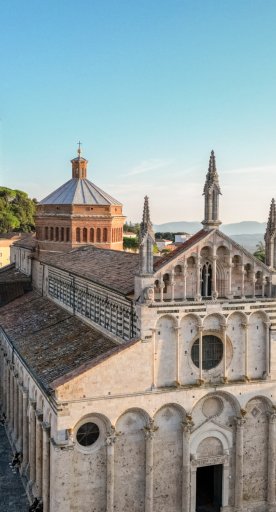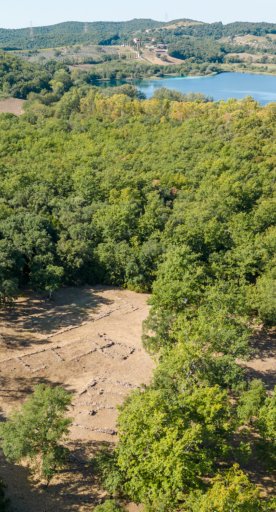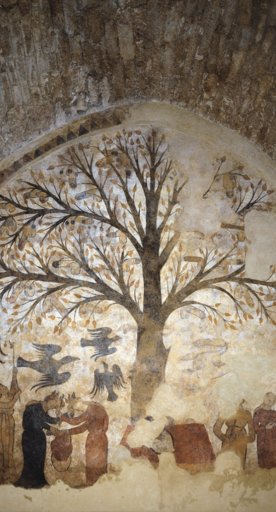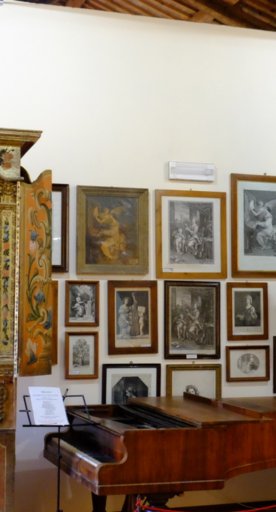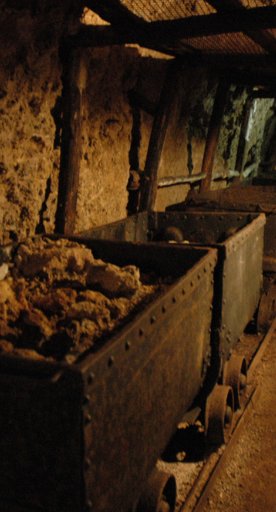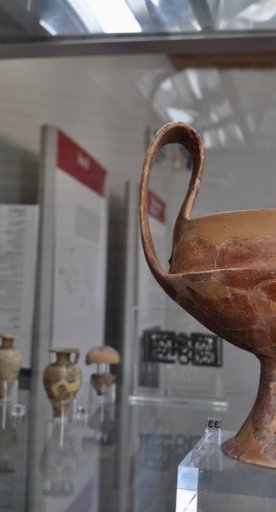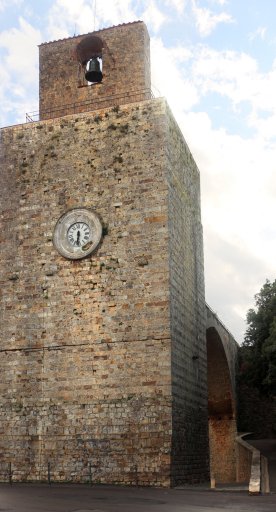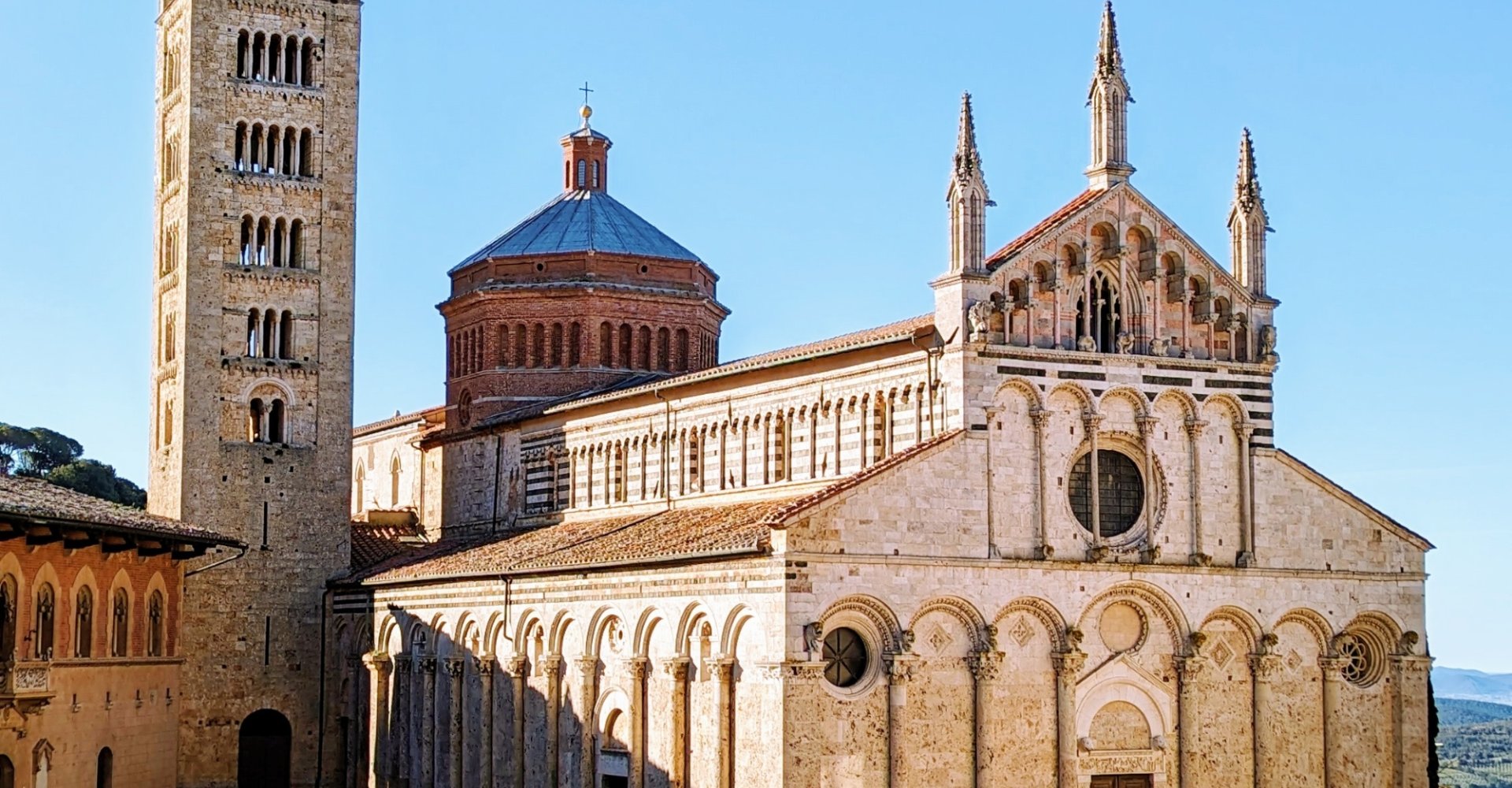
San Cerbone Cathedral in Massa Marittima
The Cathedral faces diagonally across the square, offering a unique spectacle
The Cathedral of Massa Marittima, dedicated to San Cerbone (the bishop of Populonia between 570 and 573), stands at the top of a set of steps that look out diagonally onto the city’s main square. The venture on the urban planning level is simply ingenious, and the effect proposed by the church, which violates the usual architectural perspectives, suggests an idea jumped out of a Giorgio de Chirico painting, an example perhaps unique in the world.
Its construction began in the early eleventh century but continued for a long time. Even at a first glance, two styles are apparent: the Romanesque of the lower tier and the Gothic, the style in which in 1287, by Giovanni Pisano, the Cathedral was enlarged and enriched with the third order of columns adorned with three spires.
The entire building is decorated with blind arches and symbolic figures of animals with apotropaic significance. The main door on the façade is made up of five panels portraying the Stories of San Cerbone.
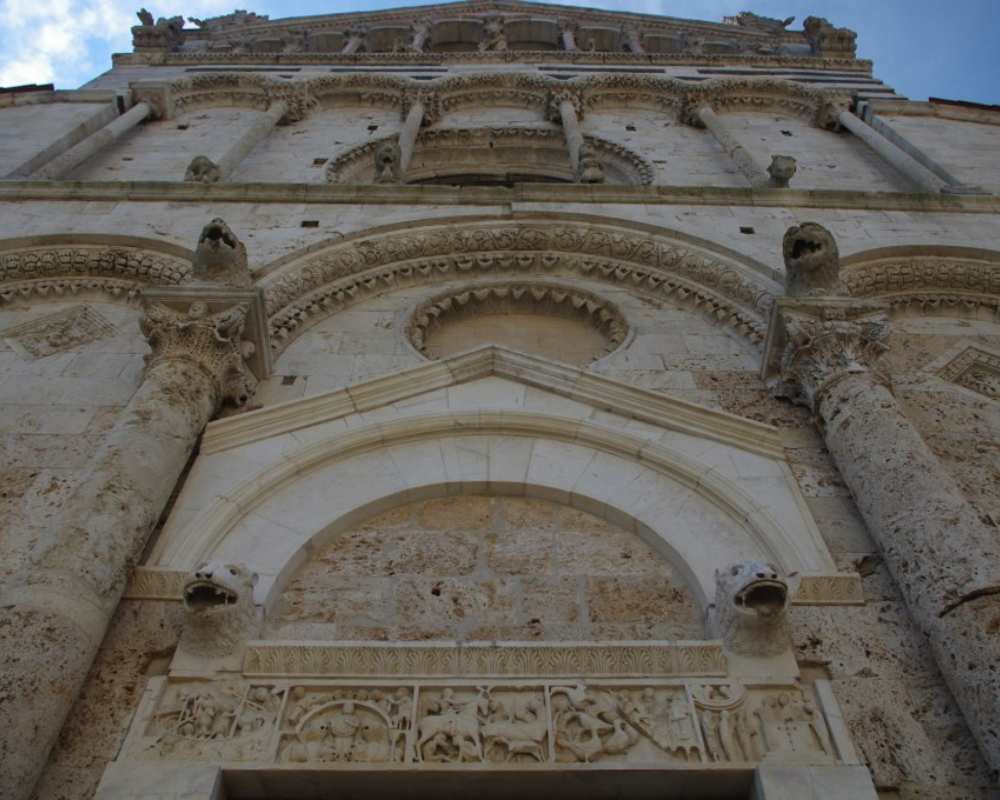
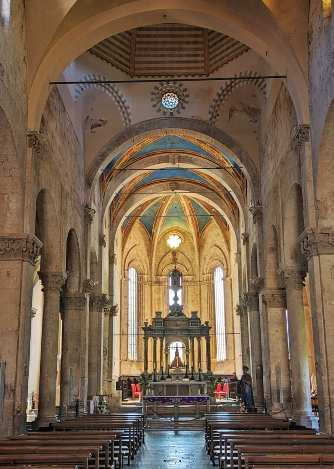
The interior consists of a basilica layout with three naves, and the apse is the result of the extension attributed to Giovanni Pisano.
To the left of the entrance door, under a 14th-century triptych depicting Madonna in trono col Bambino e i santi (Madonna Enthroned with Child and Saints), is a 3rd-century Roman sarcophagus.
To the left is the monumental baptismal font, consisting of two parts: the square basin with the Deesis (the Christ adored by the Virgin Mary and St John the Baptist) and the Stories of San Cerbone and San Regolo.
At the center of the counter façade, the rose window is embellished with rare 14th-century glass.
In the last chapel on the right, worth noting is the painted Crucifix by Segna di Bonaventura, from the early 14th century.
On the altar by Flaminio Del Turco (1626) is the wooden multi-coloured Crucifix, which replaced the one by Giovanni Pisano, now in the Museum of San Pietro all'Orto.
Behind the altar, at the center of the choir, is the Ark of San Cerbone by Goro di Gregorio (1324): it has the form of an urn, with eight stories of the saint in the lower part.
The Maestà, attributed to Duccio di Buoninsegna (1316), is situated in the last chapel on the left.
Just below the presbyteral area is the crypt, inside which are eleven statuettes of Prophets and Saints.
